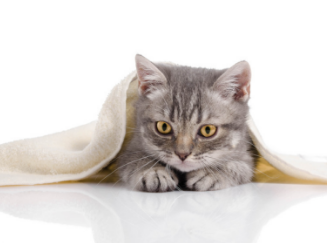Citric acid is the largest organic acid produced by biochemical method in the world. It is widely distributed in plants and fruits. Usually, carbohydrates and sugary agricultural and sideline food are used as raw materials to produce citric acid through sugar fermentation.

Citric acid is widely used in food industry, accounting for more than 75% of the production,. About 10% is used in the pharmaceutical industry. According to the different water content, it can be divided into monohydrate citric acid and anhydrous citric acid.
Anhydrous citric acid is a colorless and translucent crystal or white particle or white crystalline powder. In the process of storage and transportation, crystal products often agglomerate, which not only affects the production and consumers, but also reduces the solubility and quality of products, affecting the use of products. It is an urgent problem to avoid caking.
The agglomeration of crystal products is mainly in accordance with the order of moisture absorption, particle surface dissolution, water evaporation recrystallization and bridging between particles. After a certain period of time, agglomeration occurs. Therefore, moisture absorption is the main cause of crystal agglomeration. It is also the main solution to avoid caking.
Moreover, according to the phase diagram of the binary system of citric acid and water, the crystal transformation temperature of citric acid and citric acid monohydrate is 36.6 ℃.
The results show that when the critical relative humidity is 75%, the temperature is 35 ℃, and the critical relative humidity is lower than 75% or the temperature is higher than 36.6 ℃, the crystal will not agglomerate.
Therefore, in order to avoid caking, in the production of citric acid, dehumidifier or humidifier, and change the temperature to adjust the relative humidity of the air. During storage, we can choose to avoid light, seal, dry and cool place, and create a satisfying environment for the product.
In addition, the addition of 1% (WT) glycerol is also an effective way to avoid caking.
Cat and taurine
Cat is an expert in catching mice, which has long been known to all. In the cognition of many people, cats and mice are natural enemies, and it is very normal for cats to eat mice. But in today’s increasingly rich variety of cat food, when cats have more choices, why do cats eat mice? Is it because mice have what cats need?

Studies have shown that mice contain a substance called taurine, which brightens cats’ eyes and improves night vision. Taurine has the function of regulating osmotic pressure and antioxidation, accounting for 50% of the total amount of free amino acids in retina. In the absence of taurine, the cat’s visual cells suffer from pathological changes. In the long run, the cat’s retina will suffer from pathological changes and even blindness.

In addition, it is easy to cause the following symptoms:
1. Dilated cardiomyopathy: the heart muscle cannot carry on the normal contraction, causes the heart failure
2. Digestive diseases: cats can not normally secrete bile, nutrition can not be absorbed, so it is difficult to digest
3. Growth retardation of kittens: taurine is very important for maintaining the brain development of cats. It can also help electrolytes inside and outside the cells, enhance the brain function of cats, and reduce the content of glutamate in the brain, so as to protect the cat’s brain. If the kitten starts to lack taurine, then it will cause great harm to the future growth!
4. Female cat reproductive failure: the female cat without taurine can not give birth to healthy kittens, and even lose reproductive function!
5. Immune system imbalance: Taurine can not only protect the cat’s liver, intestines, stomach, but also enhance the cat’s body resistance, so the cat without taurine’s immunity will decline, easy to get sick, easy to catch a cold!
However, the cat itself can not synthesize taurine, it can only be obtained from the outside world, so special attention should be paid to the selection of food for the cat.
The cat’s demand for taurine is not constant and will fluctuate according to the food and life cycle. Canned food needs the most taurine content, followed by dry food, and the cat, whose staple food is fresh meat, needs the least.
According to NRC’s nutritional requirements of dogs and cats, the taurine demand of cats during growth and lactation should be met at the same time. The values are as follows:
106 mg taurine per 1000 kcal of fresh food
250 mg taurine per 1000 kcal of expanded cat food
425 mg taurine per 1000 kcal can
